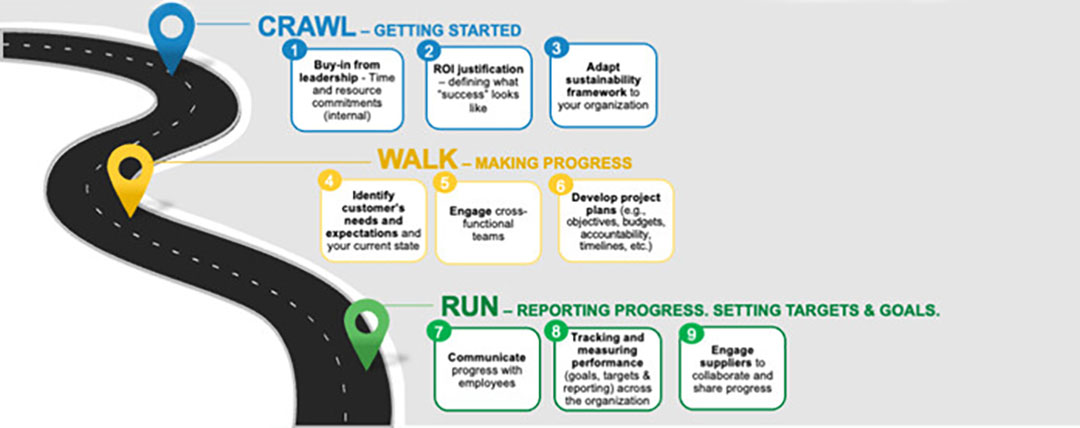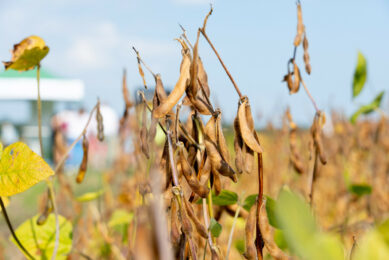Feed sector meeting the global challenges ahead

An overview of several global challenges and how they are being addressed in North America
While the feed industry in every jurisdiction has its own challenges, there are several important issues that are global in scale as identified by the International Feed Industry Federation (IFIF).
Among these, IFIF and its members list demographics (e.g., the age of those in the labour market) and sustainability (meeting energy and carbon emissions reduction targets, etc.).
However, progress continues to be made. Various programmes address labour shortages and sustainability.
Assessing the impact of feeding
Among these, on the sustainability front, the US-based Institute for Feed Education & Research (IFEEDER) recently provided a grant to the American Feed Industry Association (AFIA) to participate in the North American GFLI project (Global Feed Life Cycle Analysis Institute). GFLI represents the gold standard for assessing the feed impact of livestock and poultry production, supporting targeted improvements though technology and best practices.
Environmental impact
The North American GFLI initiative involves creating regional databases and a modelling tool to benchmark the environmental impact of feeding livestock and poultry production based on robust life cycle analysis (LCA) methodology.
Regional databases
IFEEDER notes “ultimately this will demonstrate the continuous improvement of the feed industry. Along with the North American project, the European Union, China and Brazil, as well as the global aquaculture industry, will be developing their own regional databases.”

Sustainability road map
IFEEDER has also partnered with AFIA and its members to develop a Sustainability Road Map and Animal Food Industry Sustainability Toolkit with the goal of giving members a solid starting point for reducing their environmental impacts.
In 45 countries around the world it is still common practice to use antibiotics in feed preventatively.
Other global challenges
Population growth
Among other issues facing the global feed industry is capacity. Due to population growth, IFIF foresees that production of meat (chicken/pork/beef) will need to double by 2050 and that production of dairy and aquaculture will almost triple by then.
Antimicrobial resistance
In addition, at the Global Feed Safety Summit 2022 , IFIF Chair Ruud Tijssens identified antimicrobial resistance as a huge global problem for the feed industry.
“We tend to look at this from a Western perspective, but the world is far bigger than that,” he said. “In the developing world, dynamics are different, so we have to be aware of the issue of antibiotics. In 45 countries around the world it is still common practice to use antibiotics in feed preventatively.”
On farm feed
Another thorny challenge for the global feed industry is that a sizeable amount of feed is produced on farms. On top of the 1 billion tonnes of feed globally produced by the feed industry, around 300 million tonnes of feed is produced directly by on-farm mixing. This production is not standardised.
Lack of inspections
“This poses challenges as food safety authorities do not regularly audit mixing by farmers and regulatory authorities only inspect when there is a problem,” states IFIF . “[Our organisation] believes it is vital for the feed industry and for the sustainability of the whole feed and food chain that clear standards apply throughout the feed chain. We believe that both industrial and on-farm mixers should be controlled and inspected on a regular basis.”
Legislation for inspection controls
As to whether there has been legislative progress with control and inspection in any particular country, IFIF was not available for comment.
Codex Code of Practice on Good Animal Feeding
However, for those making on-farm feed, feed mill managers and the feed industry as a whole, IFIF and the UN Food and Agricultural Organisation (FAO) have updated their manual entitled ‘Good Practices for the Feed Sector: Implementing the Codex Alimentarius Code of Practice on Good Animal Feeding’ . It supports improving feed manufacturing practices (resulting in better feed safety and quality) around the globe.
First published in 2010, the manual is based on the Codex Code of Practice on Good Animal Feeding and supported by the Standards and Trade and Development Facility of the World Trade Organisation. It’s available in Arabic, Chinese, English, French and Spanish.
IFIF notes that the manual is also of value to national competent authorities, in particular those engaged in feed inspection, in their supervisory roles. “It can also serve as a training manual and a guide for setting up national feed associations. The application of the Codex is an important step for the expansion of international trade in feed products as well as in products of animal origin. Both food exporting and importing countries can benefit from a more level playing field that supports the trade of safe food products.”
Information on the uptake of the manual in various countries is not available at this time.
Regulatory changes with Canadian on-farm feed mills
In 2021, The Canadian Food Inspection Agency (CFIA) released the proposed Feeds Regulations, 2022 for industry feedback, a regulatory update which partly applies to feed made on farm.
The update is intended to introduce an outcome-based and risk-based approach to feed safety and compliance through modernised requirements. This includes hazard identification and analysis, traceability and more.
2 new regulations
Should the proposed update become law, those who make feed on farm will have a new requirement on an ongoing basis.
They will have to prepare, keep, maintain and implement a written preventive control plan which “will include the identification and analysis of hazards associated with the farm premises, equipment used, incoming materials and more. This would include receiving, handling or storage, and measures to prevent cross contamination.”











